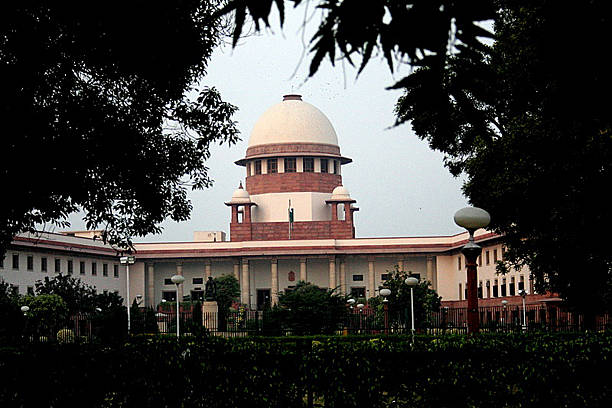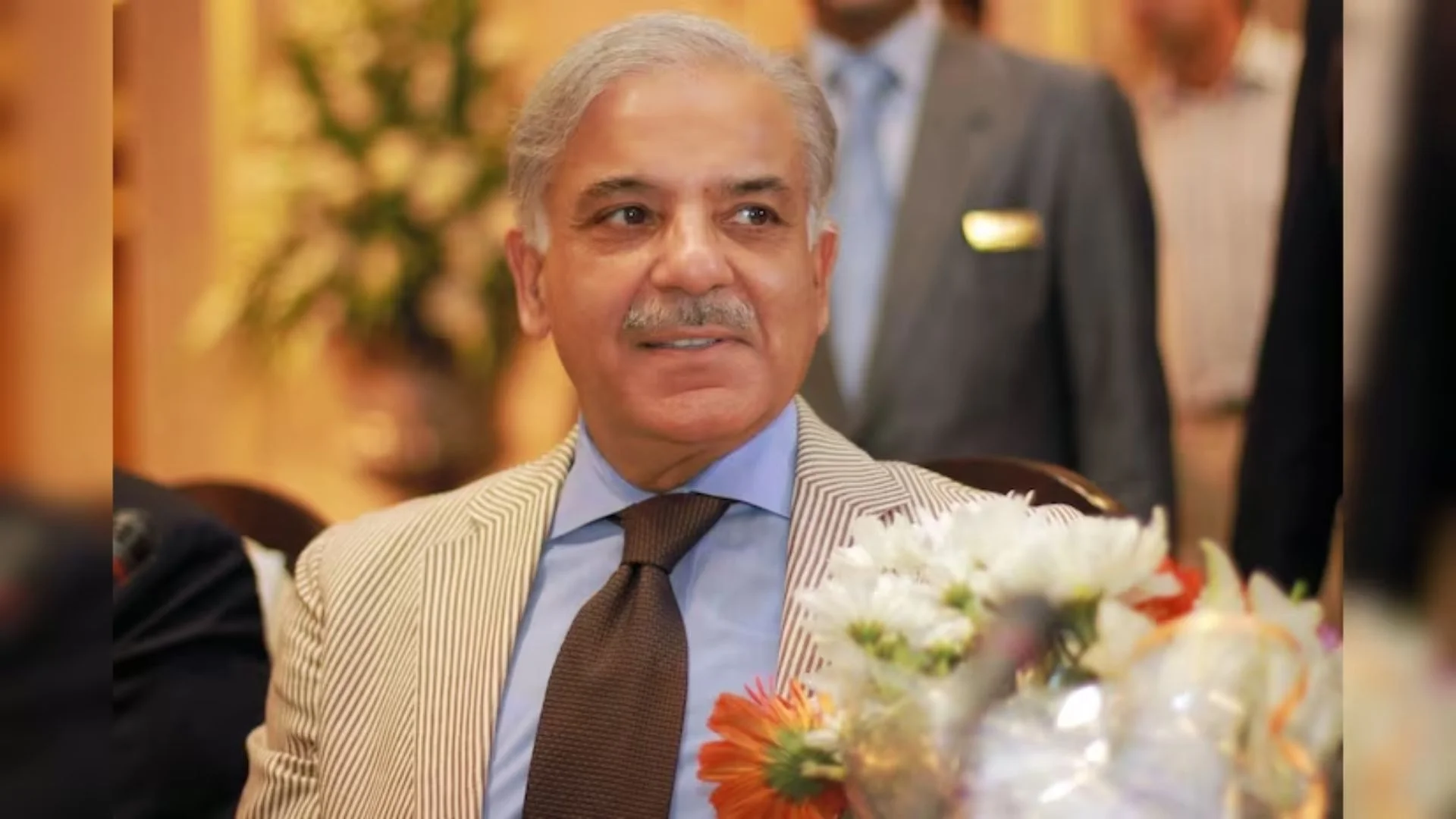Chief Justice DY Chandrachud said on Thursday morning that the Supreme Court’s online Right To Information (RTI) portal will be fully functioning starting today.
People should find it easier to get information about the court thanks to the portal. RTI requests directed at the Supreme Court must now be addressed via mail.
The chief justice also serves as the head of the e-committee, an organisation that promotes the use of Information and Communication Technology (ICT) in India’s judicial system. Facilitating stakeholders’ access to information is one of the committee’s main goals.
Earlier this month the court said that since the portal is ‘practically ready for being launched’, it was disposing a petition filed by two law students seeking a mechanism to file Right To Information applications about the court online.
The PIL said the committee had provided a mechanism for filing petitions online but did not provide the same when it came to filing of RTI applications.
The office of the Chief Justice of India will be under the purview of the law, the court stated in 2019, adding that it is “undebatable” that it is a public authority under the RTI Act.
“The Supreme Court of India, which is a ‘public authority’, would necessarily include the office of the Chief Justice of India and the judges, in view of Article 124 of the Constitution.”
“The office of the Chief Justice or, for that matter the judges, is not separate from the court, and is part and parcel of the Supreme Court as a body, authority and institution,” it had held.







